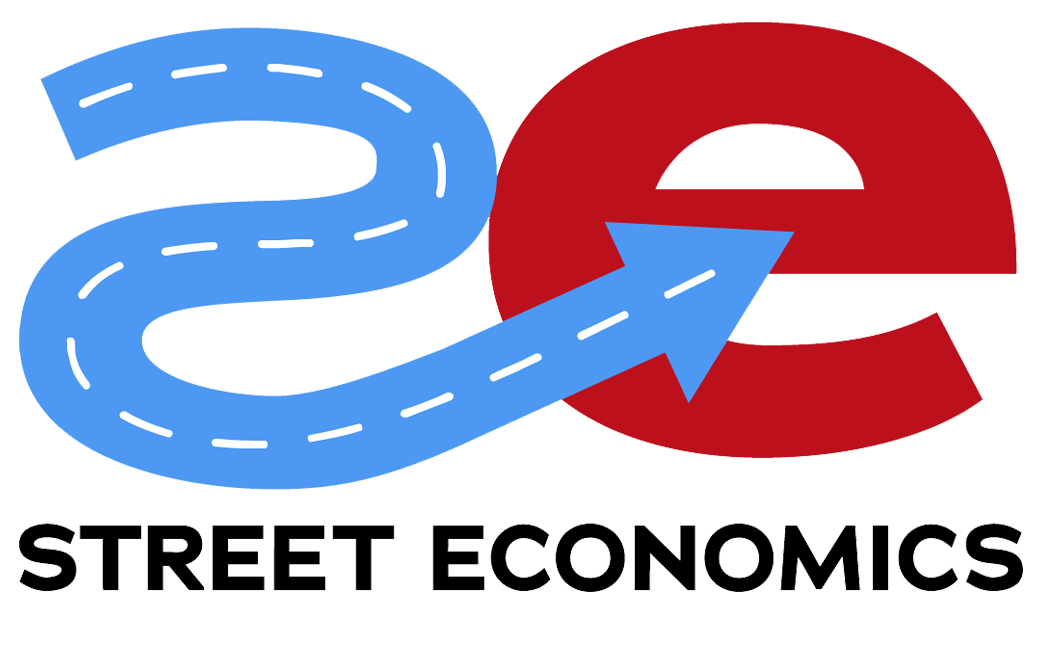The Bloomberg article on vacation-home owners struggling near Disney World highlights how speculative, themed short-term rentals expose both economic vulnerabilities and flaws in the artificial allure these properties lean on. In the region surrounding Florida’s Disney World, investors hoped to cash in on the steady influx of families with lavishly themed properties, featuring décor from Disney, Harry Potter, and Star Wars, to name a few. Yet, as these real estate bets falter, the picture of vacation-home investment in Central Florida reveals cracks in the foundation that mirror the larger risks of pursuing synthetic, tourism-driven economies.
Themed vacation rentals exemplify a high-risk strategy where investment is deeply tied to the fluctuating world of tourism. Real estate investors banking on Disney’s gravitational pull and the attraction of meticulously themed interiors assumed that visitors would pay steep prices to stay in pop culture-inspired rentals. However, this strategy relies on a steady stream of affluent tourists and a strong economic climate, two factors that can shift unexpectedly. The current dip in vacation rentals illustrates what can happen when developers bet heavily on market demand, creating “manufactured” places whose viability is more fragile than foundational. Disney’s worlds may inspire magical experiences but are also purpose-built, carefully controlled environments—far from organic communities rooted in authentic identity.
This tourism-reliant economic model is inherently fragile. Tourism brings economic boons, yet it is notoriously susceptible to broader economic pressures, from interest rates to climate risks—an increasingly relevant factor in hurricane-prone Florida. For the short-term rental market, leaning exclusively on visitor dollars without a local demand base can leave property owners vulnerable, with few fallbacks when visitors stay away. Sustainable economic growth, by contrast, often requires a blend of local and tourist revenue. When a town develops organically, driven by diverse investments and grounded in the community’s needs, it is better able to weather fluctuations and support a long-lasting, inclusive economy.
The article mentions social media-driven investment trends, like the “BRRRRbnb” strategy, revealing a speculative mindset that can exacerbate these risks. Investors were encouraged to capitalize on vacation rental trends with the promise of high short-term returns. However, speculative strategies overlook the need for an adaptive, grounded approach. Investing with an eye on social media trends can drive superficial success but rarely supports meaningful, sustainable growth. This is one reason BusinessFlare emphasizes foundational, community-focused economic design that balances growth with resilience.
Another challenge highlighted in the article is the rising cost structure of owning and maintaining these properties. Homeowners grappling with inflated insurance premiums, high association dues, and looming mortgage payments now face a market where demand has cooled, leaving them financially overextended. Like the office and multifamily properties whose values dropped following post-pandemic financial changes, these short-term rentals show how unpredictable demand and economic shifts can expose even the most optimistic investment plans to unforeseen risk. While themed rentals may draw in visitors initially, their profitability is especially vulnerable to economic and travel downturns. Genuine economic design, by contrast, ensures affordability and value for local residents, allowing communities to grow in a way that builds long-term prosperity.
The article touches on the superficial “Instagrammable” quality many owners rely on to differentiate their properties. The trend of creating highly themed, social media-ready spaces—whether a room styled as a Star Wars Imperial Walker or Jurassic Park escape—may drive initial interest, but it does not provide the substance needed for enduring appeal. Places that thrive over time offer more than surface value, capturing authentic narratives and reflecting community pride. While themed décor and Instagrammable aesthetics appeal to a narrow set of tastes, sustainable economic design is about fostering meaningful, human-centered places that meet real needs and desires.
Ultimately, the challenges faced by these vacation-home owners underscore the risks of building investment strategies on superficial demand rather than rooted economic strength. Their struggle highlights the importance of grounding short-term rental markets and other investments in authentic community needs. Themed vacation rentals may promise allure in the short term, but when they cater only to visitors and fail to engage the community meaningfully, their foundations remain fragile. Sustainable economic development, instead, lies in creating authentic places that foster resilience, celebrate local narratives, and adapt to the changing demands of both residents and visitors alike.



Comments are closed